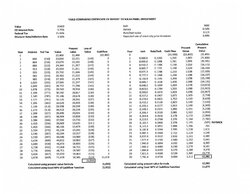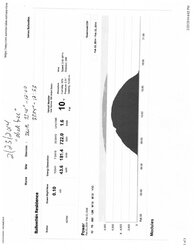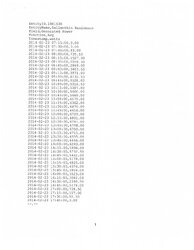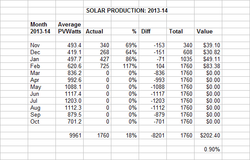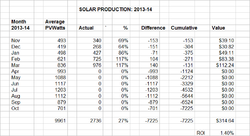peakbagger
Minister of Fire
I had some high winds today that cleaned off my shallow roof panels so I got some production back, they are shallow so the angle is bad in winter but on a cold day they still contribute when they aren't covered with snow. My pole mount panels angled for winter maxed out their inverter for a few hours due to cold clear skies and snow reflection and my oldest wall mount system was also humming along quite well today. Now all I need are some longer days.
As I have varying vintage systems installed to three NEC code revisions, not everything is optimally sized. I am really tempted to make an inverter swap so that my pole mount has more head room in winter. Inverter capacity means far less in the summer as the temperature derate usually limits peak production but obviously there are far more hours of daylight.
As I have varying vintage systems installed to three NEC code revisions, not everything is optimally sized. I am really tempted to make an inverter swap so that my pole mount has more head room in winter. Inverter capacity means far less in the summer as the temperature derate usually limits peak production but obviously there are far more hours of daylight.


